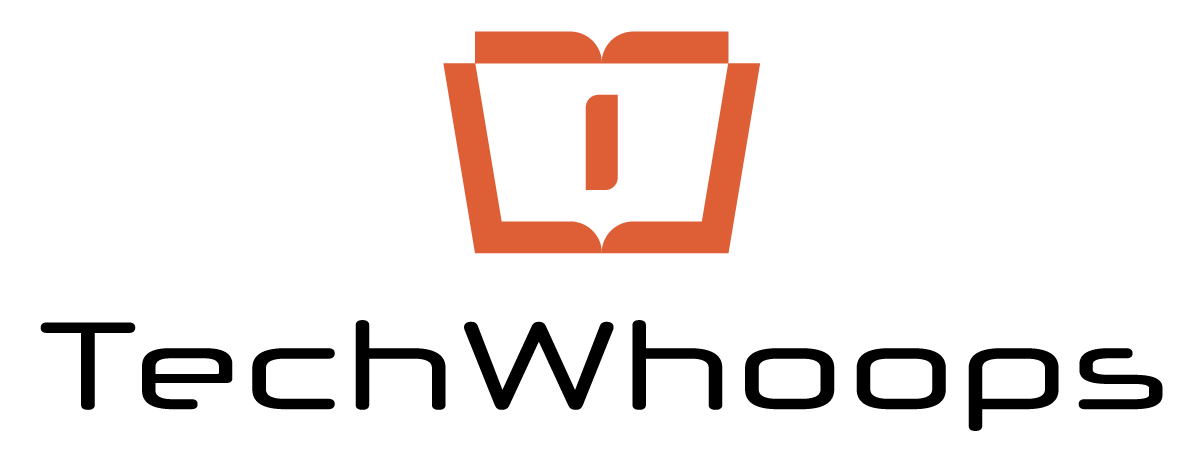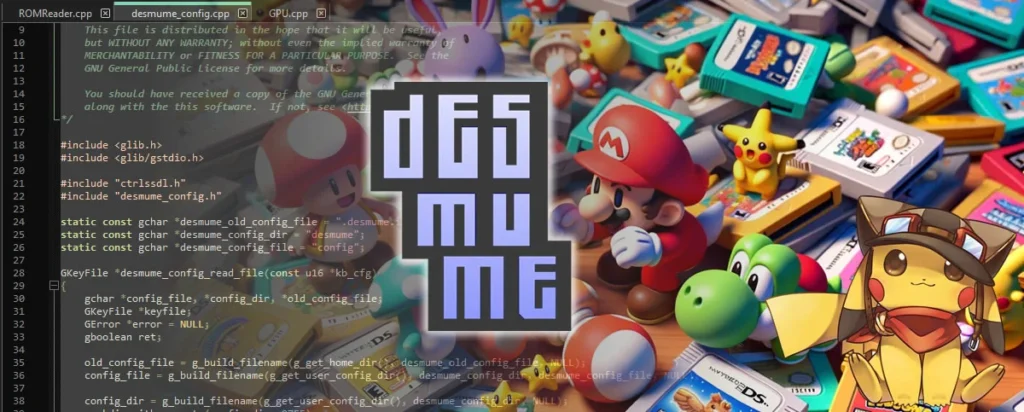Last updated October 2025
If you’re using the DeSmuME emulator to play Nintendo DS games on your PC or laptop, you may notice it doesn’t always run as smoothly as you’d like. In this guide, I’ll walk you through reliable, up-to-date methods to get DeSmuME running faster and smoother in 2025 — covering settings, hardware tweaks, and compatibility notes. Whether you’re a casual player or a speed-runner, these optimizations will help.
Table of Contents
Why Does DeSmuME Sometimes Run Slowly?
Understanding why DeSmuME may be slow helps you make targeted fixes rather than guesswork.
- DeSmuME is emulating the DS hardware entirely in software, which can be CPU/GPU intensive depending on your system.
- Some builds (non-official) may be less optimised, or settings may be mis-configured for your hardware.
- Modern Windows, drivers, and GPU features may introduce overhead if the emulator isn’t configured optimally.
- On laptops or low-powered systems, power-saving modes may throttle performance.
Pre-Check: Use the Official Build
Before tweaking everything, make sure you’re using the official stable build of DeSmuME from the official site. Unofficial or outdated “SVN” builds may have compatibility or performance issues.
Using a proper version gives you a solid baseline and ensures you benefit from the latest patches and fixes.
Optimize DeSmuME Settings (2025 Edition)
Here are concrete steps you can take within DeSmuME:
1. Use Software Renderer or OpenGL Carefully
- In Config → Display Method, experiment between Software Renderer and OpenGL modes. On modern GPUs, OpenGL may give better performance, but on older or integrated GPUs, Software may be lighter.
- In Config → Emulation Settings, disable “Enable Bus-Level Timing” unless a specific game requires it for accuracy. Disabling this usually boosts speed.
2. Adjust Sound Settings
- Go to Config → Sound Settings. Uncheck or disable extra features like Advanced SPU Logic or interpolation if you’re having lag.
- If you’re OK with less audio fidelity, disabling sound entirely can significantly reduce CPU usage.
- On modern systems, dual SPU support is standard — but pay attention if your audio driver introduces latency.
3. Frame Skipping and Layout Options
- In Tools → Frame Skip, enable frame skipping and set it to 1-3 frames for smoother gameplay on slower systems. Higher values work but degrade visual quality.
- Under View → LCDs Layout, if your game only uses one screen, set to “One LCD” to reduce rendering overhead.
- Avoid enabling magnification filters (like scale or smoothing) unless you have a strong GPU — filters cost extra processing.
4. Display Filters & Window Scaling
- Running at 1× native resolution is usually fastest. If you scale up the window (2×, etc.) or use shaders/filters (CRT effect, scanlines), you may increase load.
- On modern high-res monitors, using integer scaling rather than free scaling helps maintain clarity while controlling overhead.
See Also: – Best 3DS Emulator for Android in 2025 – What Still Works
Hardware & System-Level Tips (2025)
Beyond emulator settings, your system setup matters. A few adjustments at the OS/hardware level can help.
5. Use a Performance Power Plan
If you’re on a laptop, ensure your power settings are set to “High Performance” or similar, to prevent CPU/GPU throttling. On Windows 11/12, go to Settings → System → Power & Battery and select a high-performance plan.
Disable automatic sleep/hibernation if you plan long gaming sessions.
6. Update Your Drivers and Use Hardware Acceleration
- Make sure your GPU drivers are up to date (NVIDIA/AMD/Intel) — modern drivers often include optimisations for emulation software.
- On Intel 11th+ Gen or AMD Zen 3+ systems, integrated graphics are much better than older systems — if you’re still using an older CPU+GPU, you may see bottlenecks.
- If you have a discrete GPU, ensure the game/emulator is using it (not being forced to use integrated graphics).
7. System Memory and Background Apps
- Close unnecessary programs that may consume CPU/GPU cycles (e.g., streaming services, heavy browser tabs, other emulators).
- While modern RAM is cheaper, having at least 8-16 GB ensures your system isn’t being slowed by paging or memory constraints.
- On Windows, you may disable “Game Bar” overlays or other background services that introduce latency.
8. Consider Hardware Upgrades
If after all optimisations you still struggle, then a hardware upgrade may be the most practical solution:
- A CPU with higher single-thread performance helps emulators.
- A discrete GPU can improve performance if you use OpenGL rendering or filters.
- On laptops, sometimes the CPU thermal throttles — ensure your cooling system is clean and working well.
Additional Tips & Troubleshooting (2025)
Use the TAB Key for Quick Speed Boost
In some builds, pressing the Tab key toggles frame limiter or switching the throttling off momentarily — useful if your system has occasional hiccups. (Note: behaviour may vary with version.)
Avoid Unnecessary BIOS / Plugin Usage
Unless your game requires an external BIOS image, avoid using one — it may add overhead or compatibility quirks. Stick with DeSmuME’s in-built support where possible.
Monitor Overlay / V-Sync Settings
- In the emulator or GPU control panel, experiment with V-Sync off if you experience input lag or stuttering in menus.
- On modern high-refresh monitors (144 Hz+), turning V-Sync off and enabling an adaptive sync (G-Sync/FreeSync) may help reduce latency.
Keep DeSmuME & Plugins Updated
Check periodically (every few months) for updated versions of DeSmuME or community patches that support new Windows / GPU architectures. Older versions may not fully exploit modern hardware.
When Nothing Else Works: Game-Specific or ROM-Specific Issues
If one game still runs slow even after all tweaks:
- Try lowering the internal resolution or turning off filters for that game specifically.
- Some ROMs may be corrupted or require special settings — check reliable emulator forums for that title.
- Investigate whether the game uses a lot of scripting, light-mapping, or special effects (which tend to reduce emulation performance).
Summary — Fast & Smooth DeSmuME Gaming in 2025
To recap:
- Use an official, updated version of DeSmuME.
- Configure renderer, audio, frame skip, and layout for your hardware.
- Set your system to high-performance power plan, update drivers, and close background apps.
- If you still have issues, think about discrete GPU, faster CPU, or better cooling.
- Keep everything—including DeSmuME, drivers and your OS—up to date.
By combining emulator-level tweaks with system optimisations, you can dramatically improve performance even on mid-range hardware in 2025.
If you’d like me to tailor these tips to your specific system (PC/Laptop specs) or game title, I’d be happy to help. Just let me know!
FAQs
Q1. Why are DS emulators sometimes slow?
Nintendo DS emulators like DeSmuME perform software-based emulation — meaning your CPU must simulate the DS’s dual-core architecture, graphics, and sound. This can be resource-intensive, especially on older systems. Running the emulator alongside other heavy apps (like Chrome or Android Studio) divides available resources and can cause slowdown. For best results, close background apps and enable your computer’s High-Performance power plan.
Q2. How can I stop GPU stuttering in emulators or games?
The quickest way to reduce GPU stuttering or input delay is to disable V-Sync. However, turning it off can introduce screen tearing — visible horizontal splits in the image.
In 2025, most GPUs support Adaptive Sync, FreeSync, or G-Sync, which balance smooth visuals and low latency without tearing. If your GPU driver offers Triple Buffering, enable it for smoother frame delivery when V-Sync is active.
Q3. Does upgrading the GPU help reduce lag?
Yes — a faster GPU (and CPU) can significantly reduce both frame and input latency. Emulation speed depends mostly on CPU single-thread performance, but modern GPUs can handle rendering, scaling, and shaders more efficiently. If your system is older than 2019, upgrading to a newer GPU can make a big difference, especially when using OpenGL or Vulkan renderers.
Q4. Which DS emulator supports fast-forward?
Several DS emulators offer a fast-forward or turbo function, including DeSmuME, MelonDS, and EmuBox (on Android).
- DeSmuME (PC/Mac): Press the Tab key to temporarily disable the frame limiter.
- EmuBox (Android): Offers up to 20 save slots, screenshots, and Bluetooth controller support along with a fast-forward toggle.
Always ensure you’re using the latest version of these emulators for best performance and compatibility.
Q5. Can high frame rates cause lag?
Not usually. In fact, higher frame rates reduce input latency, meaning your actions (like button presses) are reflected faster on screen. However, extremely high frame rates can cause micro-stutter on some displays if synchronization isn’t handled well. Using adaptive refresh technologies (like G-Sync or FreeSync) helps maintain smoothness without input delay.
Q6. Does V-Sync improve or hurt performance?
V-Sync prevents screen tearing by synchronizing the emulator’s frame output with your monitor’s refresh rate. However, it can introduce input lag and stuttering if your GPU can’t maintain consistent frame rates.
For emulators, it’s often better to disable V-Sync and rely on the emulator’s internal frame limiter or adaptive sync technology to keep gameplay smooth without added delay.


